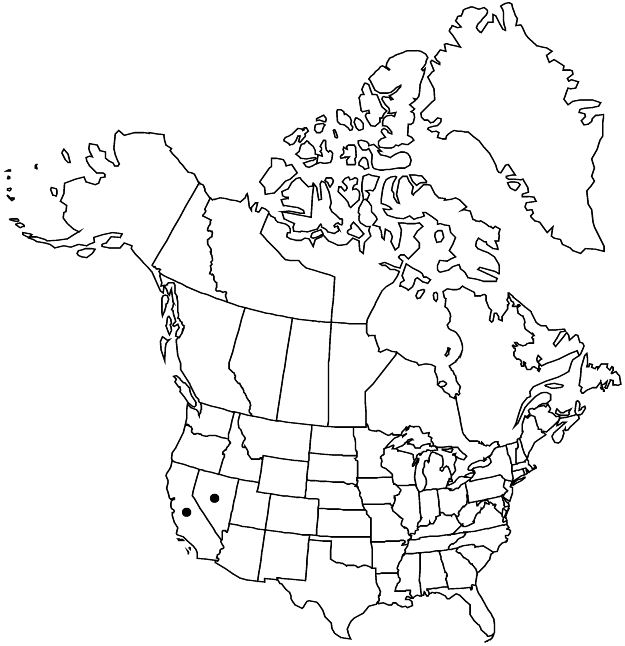Philadelphus microphyllus var. pumilus
Phytoneuron 2016-8: 6. 2016.
Leaf-blades (0.5–) 0.8–1.7 (–2.7) × (0.2–) 0.3–0.6 (–1.1) cm, ± coriaceous, margins entire, drying revolute, abaxial surface mottled grayish, moderately to densely sericeous-strigose, hairs appressed or loosely appressed, 0.3–0.7 mm, understory hairs slender, wavy-curved, adaxial surface green, drying grayish olive green, sometimes fading to yellow-tan (cuticle thick, smooth or papillate near margins), uniformly sericeous, hairs appressed 0.1–0.6 mm, often also some hairs erect, shorter (0.1–0.3 mm), marginal hairs often spreading. Inflorescences 1 (–3) -flowered. Flowers 15–30 mm diam.; hypanthium and sepal abaxial surfaces moderately to densely sericeous-strigose, hairs 0.4–0.5 mm, often with slender, wavy-coiled understory hairs usually completely obscuring epidermis, rarely nearly glabrous; sepals (2.5–) 3.5–6 mm; petals 7–11 (–13.5) × 6–8 (–11) mm; stamens 26–42. Capsules globose, 3.6–6 × 3.5–6 mm.
Phenology: Flowering May–Jul; fruiting Jun–Nov.
Habitat: Limestone and granite substrates, pinyon, oak, and juniper woodlands, limber pine forests.
Elevation: 1600–3000 m.
Discussion
A taxon of desert mountains of eastern California and portions of adjacent Nevada, var. pumilus is characterized by its stout, short branching and for developing a thorny aspect, with sun-bleached stramineous stems (in first-year stems, the epidermis falls away and the cortex dries exposing the initial bundle caps) and dry leaves that are grayish olive green to yellow-tan, and associated with a nearly continuous, thickened cuticle. On the eastern slopes of the Spring (Charleston) Mountains of southwestern Nevada, plants of var. pumilus intergrade with var. microphyllus. The two varieties are distinguished by their dried-leaf colors: a greenish color in var. pumilus versus a dull-brown color in var. microphyllus.
Plants in dry valleys in southwestern Utah and northeastern Arizona (Apache County) with thick cuticles and gray-green dried leaves, and with subglabrous hypanthia and sepals are similar to var. pumilus; they are placed in the expanded var. microphyllus.
Selected References
None.
Lower Taxa
"connate" is not a number. "distinct" is not a number."dm" is not declared as a valid unit of measurement for this property.
